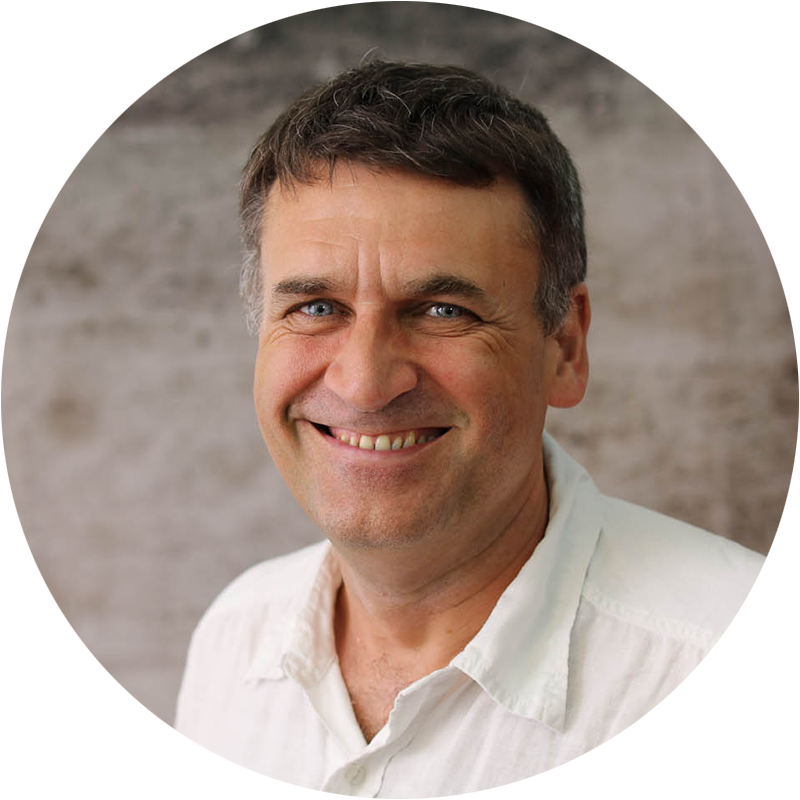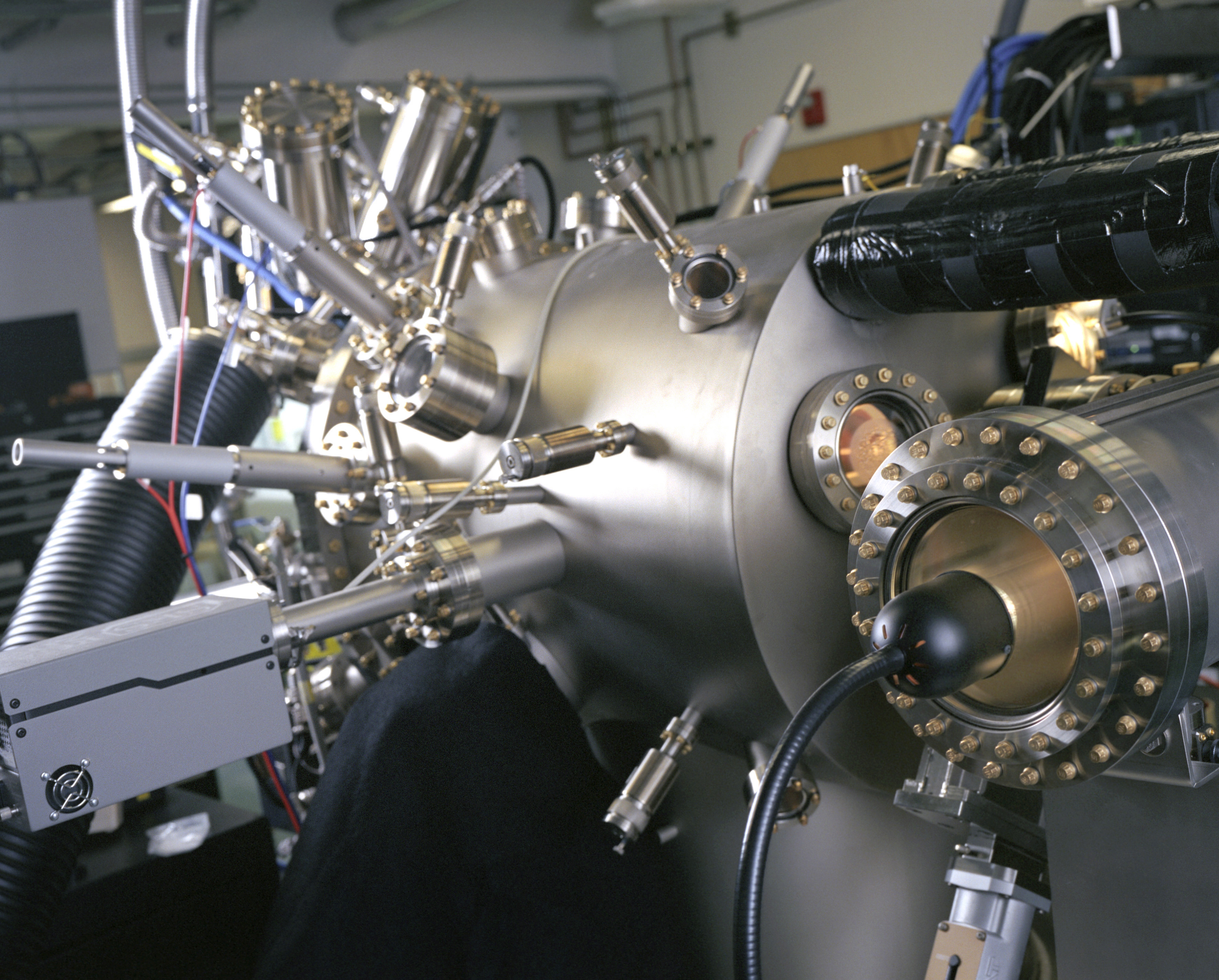Dying from asbestos… and having to prove it

The number of cases of illness due to asbestos is on the rise, with hundreds of deaths expected in Switzerland in the next years.
But for those hit by asbestos-related diseases, the path to compensation can be a rocky one.
For asbestos victims and their families, February 13 is an important date. It marks the end of a three-year trial in Turin of two industrialists – the Swiss Stephan Schmidheiny and the Belgian Jean Louis de Cartier – accused of involuntary manslaughter and disregard of workplace safety regulations in the Eternit Genova affair.
Prosecutors have called for a 20 year prison sentence for the two accused.
Whatever the verdict, cases of illness from asbestos are increasing in Switzerland. It has long been predicted, given the latency period of up to 40 years for the disease to develop.
As Switzerland’s asbestos ban was only instigated in 1989 (certain materials, including some Eternit products, could be commercialised until 1994), the trend for more asbestos-related deaths should only be reversed after 2020-2025. But many people were still exposed to asbestos after the ban, for example during removal of the substance in buildings.
Rising mesothelioma
Mostly victims fall ill with mesothelioma, a rare and lethal cancer that occurs in the lining of the lung known as the pleura. In 1984-1988 the Swiss Cancer Register recorded 342 cases; 20 years later the figure had more than doubled to 846 cases in the period 2004-2008.
The Swiss occupational health insurer, Suva, estimates that between 1939, when asbestosis was first listed as an occupational illness, and the beginning of 2030, there will be 4,500 deaths from the mineral.
But for many victims and their families, bringing proceedings against companies or their former owners seems a lost cause.
In 2008 the Swiss Federal Court threw out three charges of manslaughter, murder and bodily harm brought by relatives of a victim against, among others, the former owners of Eternit AG Thomas and Stephan Schmidheiny. The country’s supreme court argued that the statute of limitations of ten years had passed.
Millions of francs
Suva is the next option, to at least have the pathology recognised as an occupational illness, which gives access to benefits for disability, compensation for damage to physical integrity and in the event of death, dependents’ benefit.
By the end of 2009, 2,779 cases of asbestos-related occupational illness had been recognised, 1,347 of them for mesothelioma. Asbestos has so far cost Suva almost SFr650 million ($711 million) in benefits. Since 2007, the annual outlay has been consistently higher than SFr50 million.
François Iselin, a former professor at the Federal Institute of Technology Lausanne and expert for the 2002-founded Committee for the Aid and Orientation of Asbestos Victims, says that these figures are just the tip of the iceberg.
“Doctors are generally aware and ask a patient about his professional background in cases of mesothelioma, which allows them to go to Suva. But if it’s lung cancer, it is often attributed to smoking or passive smoking and other reasons are not sought,” he said.
“There is no obligation for doctors to find out if it’s an occupational illness and even less to report it.”
Suva, which has been accused of raising a smokescreen between victims and employers on the asbestos issue, roundly rebuffs the criticism.
“We absolutely are not seeking to minimise the number of cases,” said Henri Mathis, its head of public relations.
Returnees
Mesothelioma and asbestosis cases are usually straightforward.
“We don’t need extremely precise data or particular investigations, just simple data, for example showing between which dates the person worked in an asbestos-exposed sector like construction,” explained Mathis.
But many workers have left Switzerland and often don’t consult Suva. In 2009, Suva therefore launched a campaign, with the help of the Italian Workers’ Compensation Authority, to raise awareness of people’s Swiss benefit rights, on condition that they had not worked afterwards in an asbestos-exposed sector back in Italy.
“More than 200 people living in Italy have so far consulted Suva. The problem is, however, that the treating Italian doctors often don’t automatically ask about the illness’s occupational origin,” Mathis said.
The last resort
The situation is even more complicated for lung cancer, given the various risk factors such as smoking and asbestos, as well as exposure to substances like radon and cobalt. Here Suva uses the Helsinki Criteria: a person must also be suffering from asbestosis and prove exposure to a certain dose of asbestos during his working life, which is difficult given the paucity and unreliability of measurements in the past.
Iselin says proving cases can even be complicated for mesothelioma.
“We had a case of a printer whose illness Suva did not want to recognise as occupational because it said that asbestos had not been used in this context,” he said.
“We managed to find an invoice which could prove that the man’s company had been exposed to flaked asbestos. Suva then had to recognise the occupational illness.”
In some cases, the last resort is the courts. “Since January 2009 there have been 23 asbestos court cases,” Mathis said. “Four are still awaiting trial. The courts have confirmed our decision in 11 cases, and eight they have thrown out.”
The production peak for asbestos was in the second half of the 1970s, with more than 5 million tons. In Switzerland imports reached their maximum at the end of the 1970s (22,700 tons).
Despite its harmfulness, asbestos continues to be used in many countries. In 2007 around 2 million tons were used, according to data from the United States Geological Survey.
China is the main consumer (30%), followed by India (15%), Russia (13%), Kazakhstan and Brazil (5%).
The International Labour Organization estimates that each year around 100,000-140,000 people die from asbestos contamination.
According to a European Union study, the mineral will have caused around half a million deaths in Europe by 2030.
The “wonder mineral”, as it used to be known, reached its peak in the late 1970s, with around 3,000 products using asbestos on the market.
Switzerland was an important asbestos centre. The Schmidheiny family’s Eternit Group had its headquarters at Niederurnen, in canton Glarus. In its heyday, the holding Schmidheiny Amiantus controlled factories in 16 countries, employing 23,000 people.
The Eternit offices also housed, from 1929, SAIAC, the cartel of cement-asbestos producers.
Eternit had two sites in Switzerland: Niederurnen and in Payerne.
(Adapted from Italian by Isobel Leybold-Johnson)

In compliance with the JTI standards
More: SWI swissinfo.ch certified by the Journalism Trust Initiative













You can find an overview of ongoing debates with our journalists here . Please join us!
If you want to start a conversation about a topic raised in this article or want to report factual errors, email us at english@swissinfo.ch.